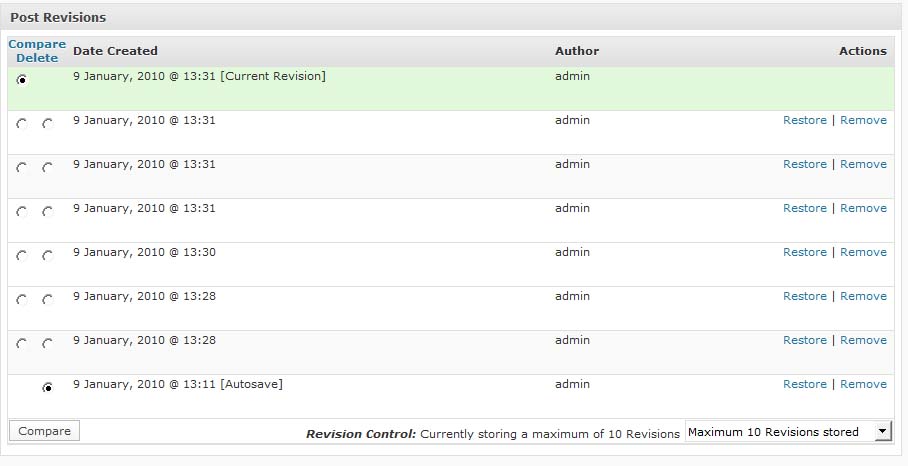Revision Control: Breakdown

The ‘Revision Control’ plugin allows users to easily define their desired level of revision control for posts, pages, and other post types. This is done by providing simple controls, such as allowing users to define the maximum number of revisions saved for each post or page. Additionally, users can also choose to have the plugin automatically delete any revisions that are older than a certain time period. This powerful feature makes it easy to keep the number of page revisions under control, ensuring the site is running optimally at all times.
The ‘Revision Control’ plugin also provides some extra features that allow for even greater control over the revisions on a site. Users can, for example, manually select any page or post that the plugin should ignore, meaning that it won’t be subject to any of the plugin’s settings. This allows for more granular control over the revisions that are created on the site. Additionally, users can also manually delete revisions either for the entire site or for selected posts or pages, allowing them to keep their site’s revision count to a minimum.
The plugin also gives users the ability to turn on an audit mode, which will determine which user or IP address created a given revision. This makes it easier to track who has been making changes to the site and when. Additionally, the plugin also provides a log that will record all revised page and post titles, as well as what the old and new versions of the titles were. This is an especially handy feature for those who are collaborating on a site, as it allows them to easily track what revisions have been made and to whom they belong.
Finally, the ‘Revision Control’ plugin also provides an easy way to access a post or page’s revision history, which can be helpful when troubleshooting or trying to find a specific revision from a long time ago. This is especially useful when a page or post has gone through multiple revisions and it’s essential to be able to pinpoint the exact version that made it to the website.